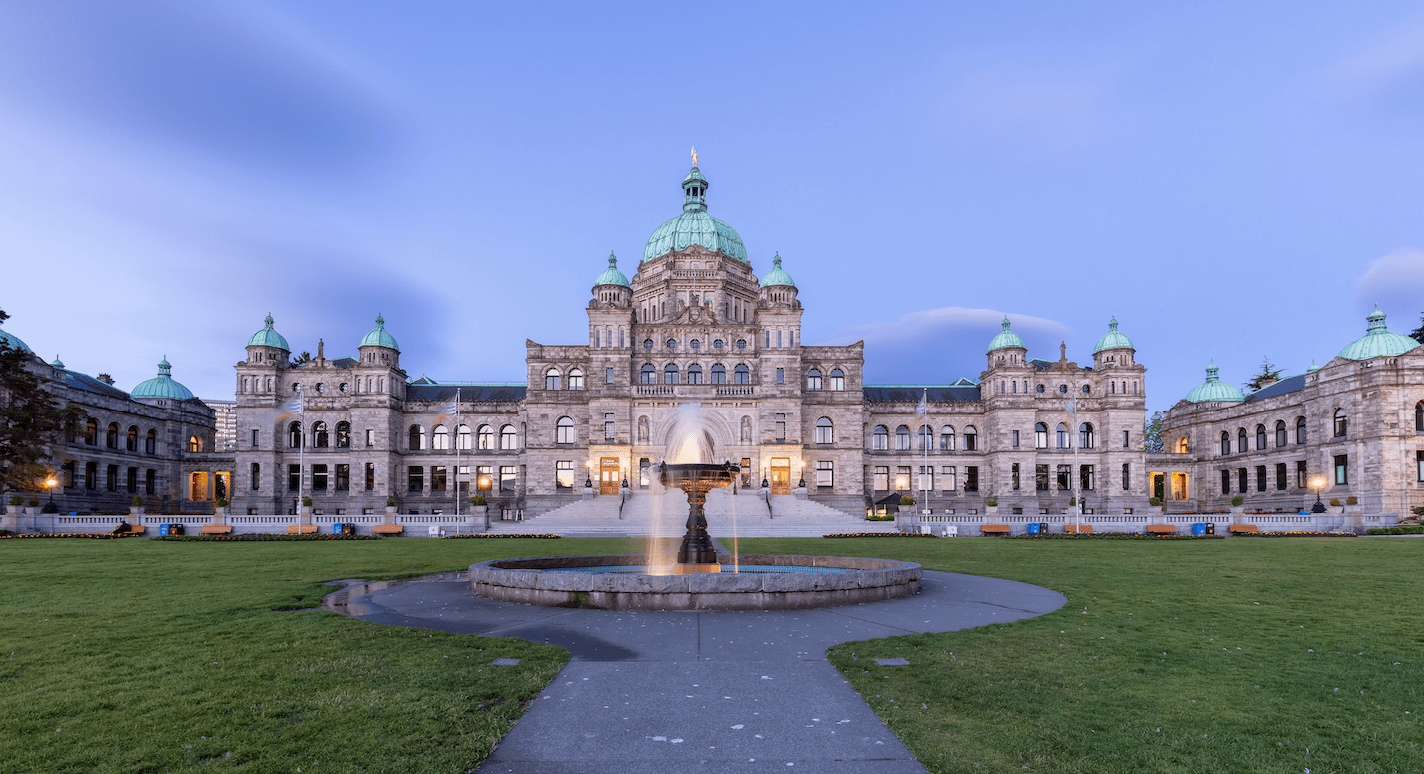
MARK MACDONALD
BRITISH COLUMBIA – As most of BC emerges from a summer where far too many suffered loss from forest fires here there and everywhere, it’s time to look back to determine what, if anything, can be done to mitigate losses in the future.
According to politicians, apparently not. It’s much easier to cry “climate change” and increase the price of gas than actually do something proactive to prepare for what is inevitably coming. But in truth, there are things that can and should be done to minimize future catastrophes. We’ve seen it in other weather crises, like snow and water. Why not fire?
All governments collect tax dollars to provide valuable services for the entire population, including vital infrastructure to keep people safe and transportation fluid. It’s high time our elected officials started thinking and moving forward to assuage the inevitable damage that comes from water, wind and fire.
Finally, someone is calling on the province to pick up its game in regards to fires, as the BC Forests Practices Board is urging that focus be returned to managing forests.
First Nations have been lauded for their pre-emptive approach to fire prevention in years past. They held controlled burns. What does that do? It eliminates the accumulation of fire-friendly underbrush and trees that are little more than kindling and ignite quickly.
The province should do more with the stumpage rates charged to companies than dump them into general revenue. They should send out pre-emptive crews to clean up forest floors, burn selectively and reduce the natural forest fuels. They should even, gasp, clear cut when necessary to create buffers for potential future fires. And take another look at selective logging practices that identify the best wood for extraction, leaving weak and fire-vulnerable stumps and trees which easily ignite.
In other words, if you know fire season is coming, don’t just sit there and pray for rain. Get ready and prepare for it so any potential damage can be minimized.
Projects that have been done elsewhere prevent or reduce weather-related disasters.
Back in the 1960’s former Manitoba Premier Duff Roblin ambitiously undertook construction of the Red River Floodway, a 47-kilometer-long re-touring of the frequent flooding Red River around Winnipeg. What became known as “Duff’s Ditch” has saved Winnipeg from massive flooding several times, particularly during the highest flood levels in recent history, in 1979 and 1997.
Why did they build it? Because they knew the Red River was going to flood, again and again. Their foresight and investment has saved many lives and multiplied millions of dollars in losses for homeowners, businesses and property owners.
Each year in the mountains of BC, the military engages in shooting missiles into snowbanks near highways. Far from being target practice, these targeted strikes create controlled avalanches. They know the avalanches are coming and which areas are most vulnerable, so they take them down before they become major possible catastrophes.
Better to control them on one’s own schedule, than to be subject to the ravages of unpredictable weather patterns and nature itself. The result? Less natural, catastrophic disaster. Lives saved. Transportation links maintained.
A trip to the Grand Coulee Dam on the Columbia River not only provided a glimpse of an amazing hydroelectric plant, but an education about the benefits of harnessing the power of water. An information centre and a video cites the pre-dam plight of that area of Washington state, which was ravaged by unpredictable floods, then droughts. Once the power-producing dam was completed, water flow could be restricted and controlled, resulting in protection of land and irrigation possibilities that resulted in tremendous agricultural opportunities. Orchards and farms flourished thanks to having reliable water distribution and control.
The Columbia River was and is powerful, beautiful, and potentially destructive. The Grand Coulee Dam keeps it powerful, beautiful and now, useful.
It is puzzling to hear, almost every summer, that a place like Tofino runs out of water almost every year. It sounds absurd, as it rains more fresh water there than almost every other area in BC, yet almost every year, water levels reach critically low levels and community leaders sound the alarm.
Hasn’t anybody ever thought of building a reservoir that would be amply filled by the abundant winter/spring rains to carry them through drier summers? Or run a pipeline from massive Kennedy Lake, less than 40 km by road and less in straight distance?
Then there’s Nanaimo, which has an enormous concrete-lined reservoir that has remained empty since the arrival of a federally funded water treatment unit near Colliery Dam a decade ago. As soon as warmer weather arrives, the city implements watering restrictions. Why doesn’t the city simply have that reservoir filled with water in case of emergency? Or build others? It would have millions of gallons of water at the ready should it be needed for disaster, including firefighting.
On the oceans, BC Ferries officials were made aware of the upcoming dire need to replace retiring engineers on their vessels years ago, but didn’t do nearly enough to prepare for the inevitable. Fast forward to today, where countless trips have been canceled throughout the summer due to the lack of available staff. They finally realized, much too late, that they didn’t have enough qualified, trained staff for the key positions on the vessels.
The lack of foresight is more than troublesome, for it is creating or enhancing crises that can, either be mitigated or prevented altogether. We need more than positive thoughts to tackle natural disasters, for hope is not a strategy.
Mark MacDonald is President of Communication Ink Media & Public Relations Ltd. and Author of the book “It Worked For Them, It Will Work For Me: The 8 Secrets of Small Business I Learned From Successful Friends”, which can be obtained by reaching him through: mark@communicationink.ca


